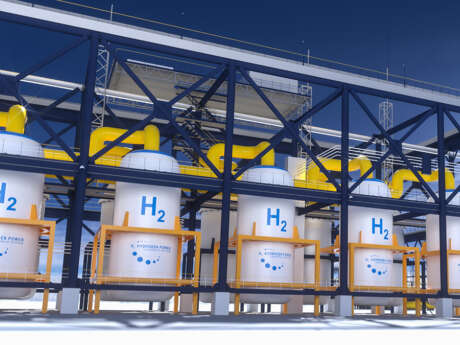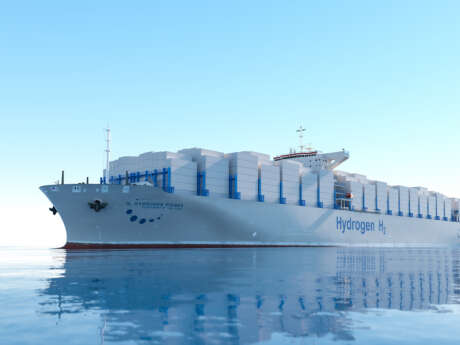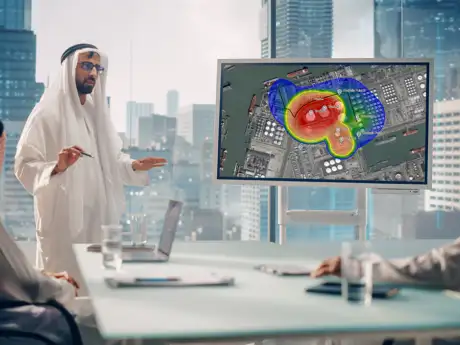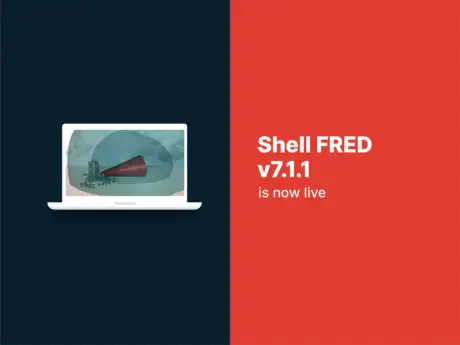Our involvement
Gexcon is pleased to be presenting at Chemeca 2023, taking place 1–3 October 2023 at Hilton, Auckland, New Zealand.
Gexcon Australia Process Safety Engineer Julian Annett Chee will discuss how using advanced software simulations such as FLACS and RISKCURVES can support technical safety studies when performing quantitative risk analysis for alternative energy carriers.
Presentation
Title: Utilisation of Advanced Simulation to Test Quantitative Risk Analysis Inputs for Alternative Energy Carriers
Author: Julian Annett Chee (AMIChemE), Fariba Askari, Derek Cross (MIEAust CPEng)
Presenter: Julian Annett Chee
Date & Time: Monday, 2 October 2023 at 11:50-12:05 (GMT+13)
Abstract: Safety studies, assessments or risk modelling for hazard management are often complex and require simplifying assumptions to allow the analysis to be reasonably practicable. Assumptions commonly err on the side of conservatism, and an example of this is Quantitative Risk Analysis (QRA), where a horizontal release of a hazardous inventory is often assumed to provide a conservative representation over other release directions such as vertically upwards, downwards or angled. This assumption has implications when used to assess the extent of potential events such as flash fires.
Prior work from Askari* has demonstrated that horizontal releases of inventories may not be a conservative representation of all possible release orientations when applied to QRA of Major Hazard Facilities (MHF) such as Liquefied Natural Gas (LNG) facilities. As a result, the QRA model may underestimate the risks.
As alternative energy carriers such as hydrogen and ammonia are adopted to achieve decarbonisation, commercialisation and standardisation of the novel solutions will be achieved broadly through risk-based decision-making. Therefore, QRA will be used as a key risk analysis tool to provide technical safety and risk inputs for stakeholders. It is important that the underlying assumptions are appropriately applied to minimise fundamental errors at either early or late stages of project lifecycles (i.e. feasibility and concept selection through the design phase) and optimise risk control strategies through project execution and operation.
This study will use advanced simulation tools in the form of Computational Fluid Dynamics (CFD) to test and revalidate assumptions that have previously been used in safety studies regarding the use of horizontal releases. The CFD code, FLACS will be used to investigate if the extent of consequences due to releases of ammonia, liquid and gaseous hydrogen significantly differs if they occur in horizontal or downwards directions. Commercially available QRA software, RISKCURVES will then be used to determine if this has a significant effect in determining the individual and societal risks of example MHF facilities. Based on the results of these assessments, recommendations will be made as to the best practice selection of release directions for consequence assessments and QRAs to ensure conservatism is maintained.
*Askari, F., Crowley, C., & Kord, H. (2020). Impact of downward releases on the risk profile in hydrocarbon process plants. The APPEA Journal, 60(1), 82-87.
About the event
Chemeca is the annual conference for the Australian and New Zealand community of chemical and process engineers and industrial chemists. Together, participants will learn and share industry knowledge, experience, ideas and insights that help the industry continue to grow.






































































































































